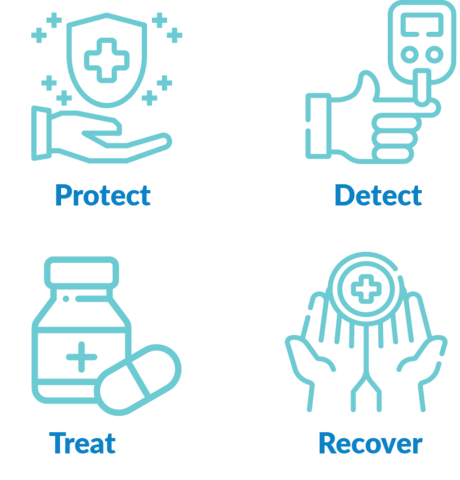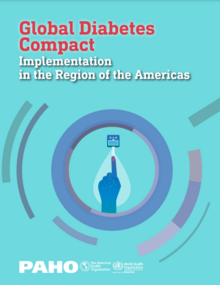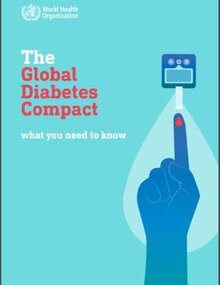What is the Global Diabetes Compact?
Vision: To reduce the risk of diabetes and ensure that all people diagnosed with diabetes have access to quality care and treatment that is equitable, comprehensive, and affordable.
Overall Goal: Support countries in the developing, implementing, and evaluating of cost-effective programs with impact in the population, for the prevention and control of diabetes.
Pillars









